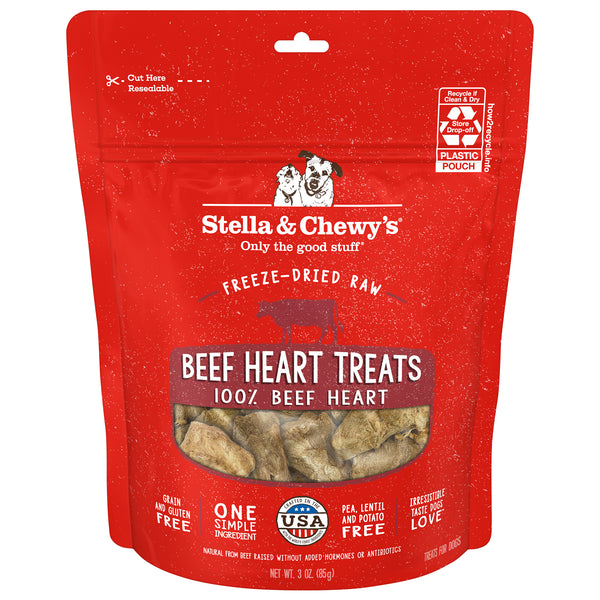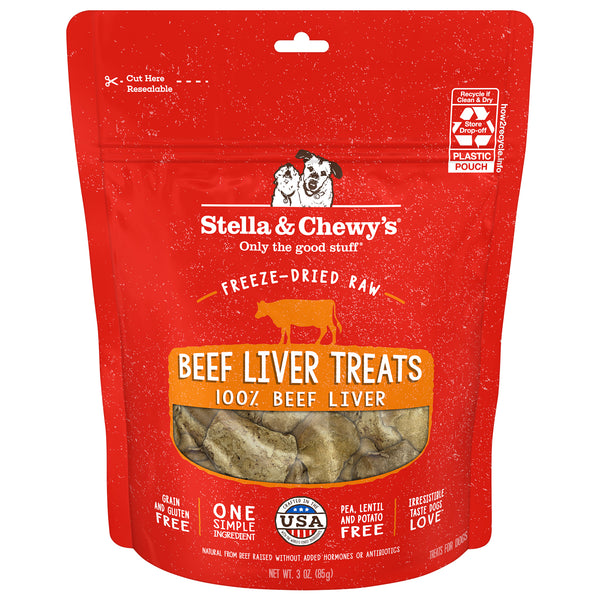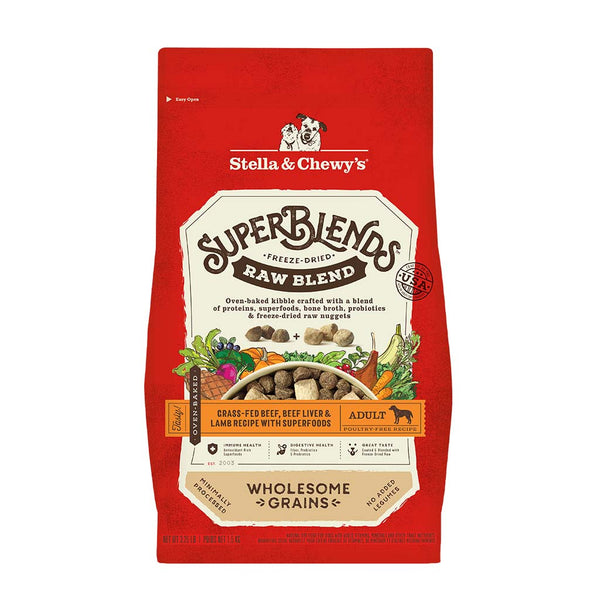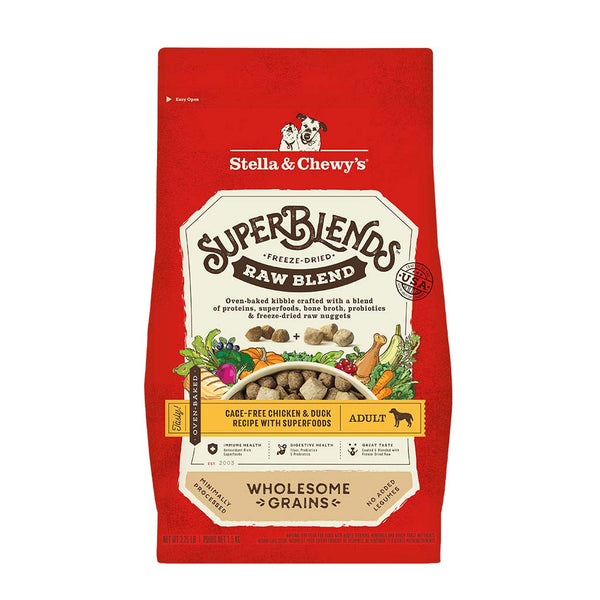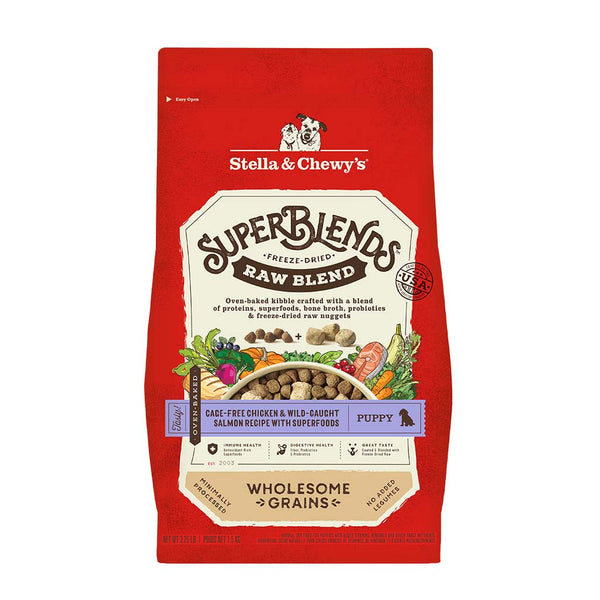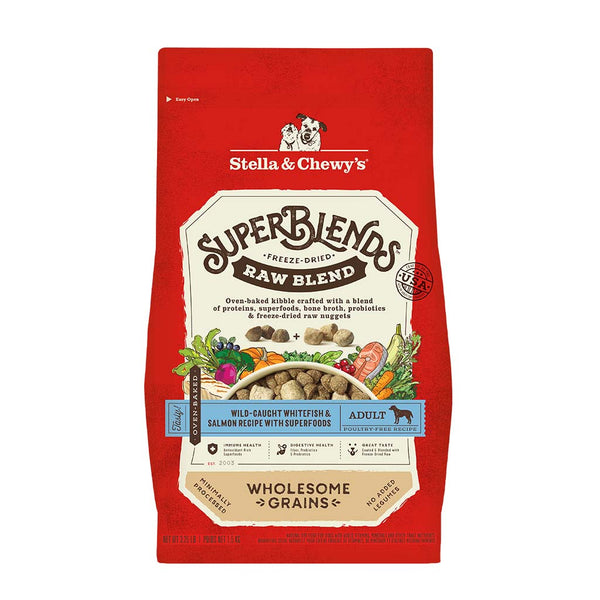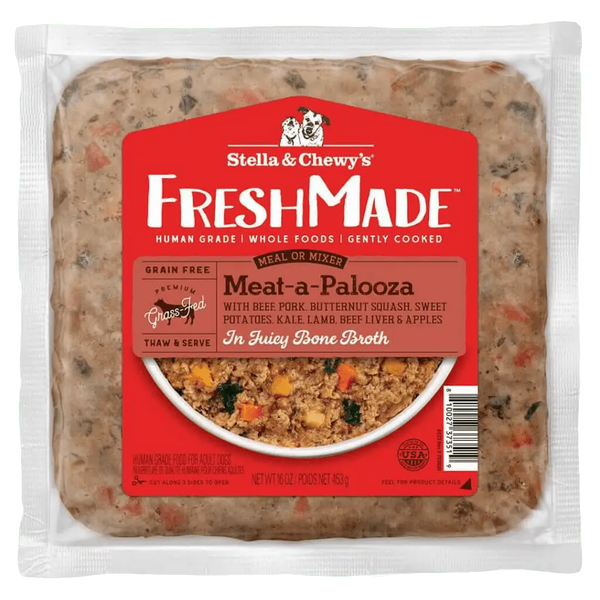Just like people, dogs can have different reasons for not eating, such as not liking the food that’s available or feeling uncomfortable in a new environment. There’s always the possibility of an underlying medical reason why your dog’s not eating, so if your dog suddenly loses interest in food or won’t eat at all for 24 hours, take them to the vet and get it checked out. If your dog is in good health but just won’t eat, keep reading for the Top 10 Tips dog parents can use to motivate their picky eater.

1. Create a Feeding Routine
Dogs need routines, and mealtime is no exception. Figure out a feeding schedule that works for you and your dog. Offer food at the appointed mealtimes, let it sit for up to 30 minutes, then remove it. Letting food sit out all day can lead to bad eating habits and is also unsanitary. Remove the uneaten dog food after 30 minutes so your dog can learn that they need to eat their food when it’s served. Remember to never leave raw or wet dog food out for more than two hours.
2. Optimize the Location
If you have multiple dogs, they should each have their own designated space to eat. Choose somewhere quiet where your dog won’t be disturbed by children, foot traffic, or noise. Some dogs like to eat in their crate. Find a place that works for your dog, then feed them in the same place each time so the setting becomes part of the routine.
3. Factor in Food Sensitivity
It’s possible your dog’s picky eating behavior stems from a food sensitivity. The most common ingredients causing food sensitivity or allergy in dogs are:
- Dairy
- Beef
- Chicken
- Eggs
- Soy
- Corn
- Wheat or gluten
- Additives like preservatives, dyes, and artificial flavors
Stella & Chewy’s dog food recipes are always free from artificial ingredients, preservatives, wheat, corn, soy, nuts, and dairy. We also offer poultry-free recipes, as well as several limited- and single-ingredient dog food diets that can offer relief for dogs with food allergies and sensitivities.
4. Try a Topper
Dog food toppers and mix-ins can make mealtime more exciting and encourage regular eating. To keep things interesting for your dog, rotate meal toppers (or food types) so your choosy dog has something different to taste and get excited for on a regular basis.
4a. Find a New Flavor
You can also stoke your dog’s enthusiasm for eating by switching up the main protein. Our dog food recipes include many different proteins for dogs including beef, chicken, fish, turkey, pork, venison, lamb, duck and rabbit.
Warming up dog food enhances the smell and flavor, which can stimulate appetite. Add a little warm (not hot) water or warm broth to kibble.
4b. Experiment with Texture
If your dog has been eating the same kind of food for a while, offer them dog food in a different format to see if it renews their interest. Stella & Chewy’s offers a wide variety of nutritionally complete dog foods with different textures, including:
You can also change up the texture of dog kibble or freeze-dried food by mixing in some water or bone broth, which also helps your dog stay hydrated.
When trying out different types of dog food, start with small amounts and transition your dog gradually to avoid digestive upset.

5. Check the Portion Size
If your dog isn’t eating at every mealtime, they might actually be overfed and need more time to digest. Find your dog’s goal weight and follow the feeding guidelines on the dog food packaging or follow your vet’s recommendation for portion size. If you’ve been “eyeballing it” instead of actually measuring or weighing out your dog’s food, feeding the proper amount could make all the difference.
6. Use the Right Bowl
There are different types of dog food bowls you can get depending on your dog’s needs and preferences. Avoid plastic bowls which can affect the smell and taste of dog food and are also more likely to harbor bacteria. Stainless steel dog food bowls are the easiest to sanitize and won’t change the taste of the food. No matter which type of bowl you use, wash it with soap and water after every use so there’s no “old food smell” which could deter your dog from eating.
If you have a senior or arthritic dog, they might appreciate a raised food bowl that makes it easier for them to eat. Flat-faced dogs eat with a scooping movement, and it can be hard for them to get all the bits of food around the edges of the bowl, so you may want to try a bowl specially designed for brachycephalic breeds.
7. Don’t Feed Treats or Table Scraps
Feeding your picky eater treats and table scraps is only making the problem worse. If your dog has come to expect a lot of “shares” of your food, you can try pretending that you’re snacking on the dog’s food and share some when they beg. If your dog is willing to eat their regular food in this context you can eventually serve it in their food dish after feeding some of it as “treats.”
8. Work Up an Appetite
Is your dog getting enough exercise each day? If not, their decreased appetite could be due to decreased activity. In general, healthy adult dogs need at least an hour of exercise every day. Good ways to add more activity to your dog’s routine include:
- Daily walks
- Playing fetch
- Swimming
- Tug-of-war
- Hide and seek
- Obedience training
- Backyard (or indoor) obstacle course
Giving your dog plenty of playtime and interaction is also good for their digestion and can help manage stress if your dog has anxiety.
9. Gamify Mealtime
Dogs love to play, and some parents of picky eaters note that their dog tends to play with their food rather than eat it. Try a feeding toy designed to get your dog to eat while playing, such as a puzzle feeder, food ball, or snuffle mat.
These types of toys also provide enrichment for dogs, which is another way to help your dog manage or reduce stress. Just keep in mind that a feeding toy might not be the best option for large dogs with higher calorie requirements.
10. Use Positive Reinforcement
Practice some obedience or behavioral training before your dog’s next mealtime. Wrap up your training session with lots of praise for their progress, immediately followed by serving their food. This will help your dog associate mealtime with reward, which is much more exciting than a bowl of food that simply appears. Follow up with plenty more praise after they finish their meal!
Just like us, dogs have unique personalities that can affect their eating habits - including how picky they are! If your dog has a favorite human they may appreciate having that person serve their meals, and may even want them to eat alongside. Dogs are social animals, so eating as a “pack” can sometimes encourage them to eat.













